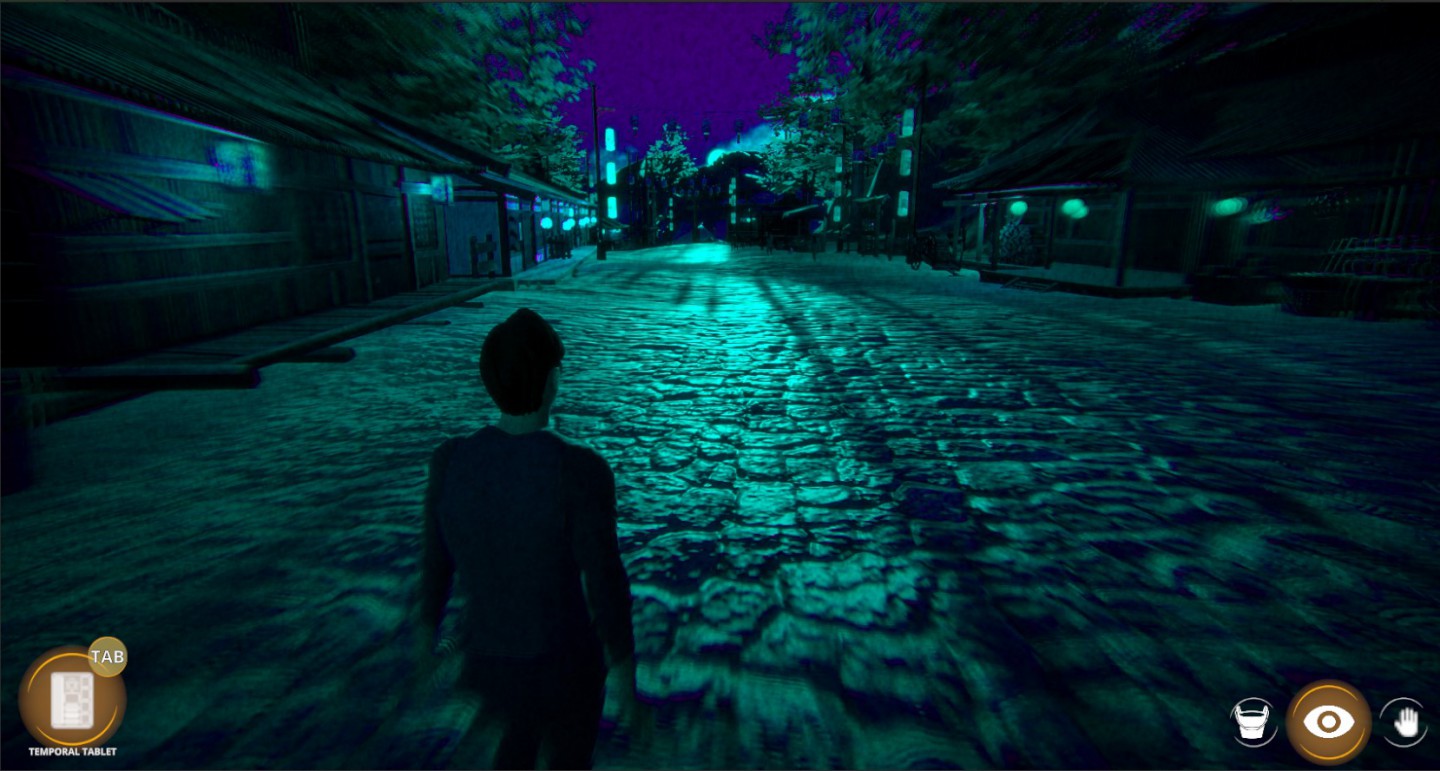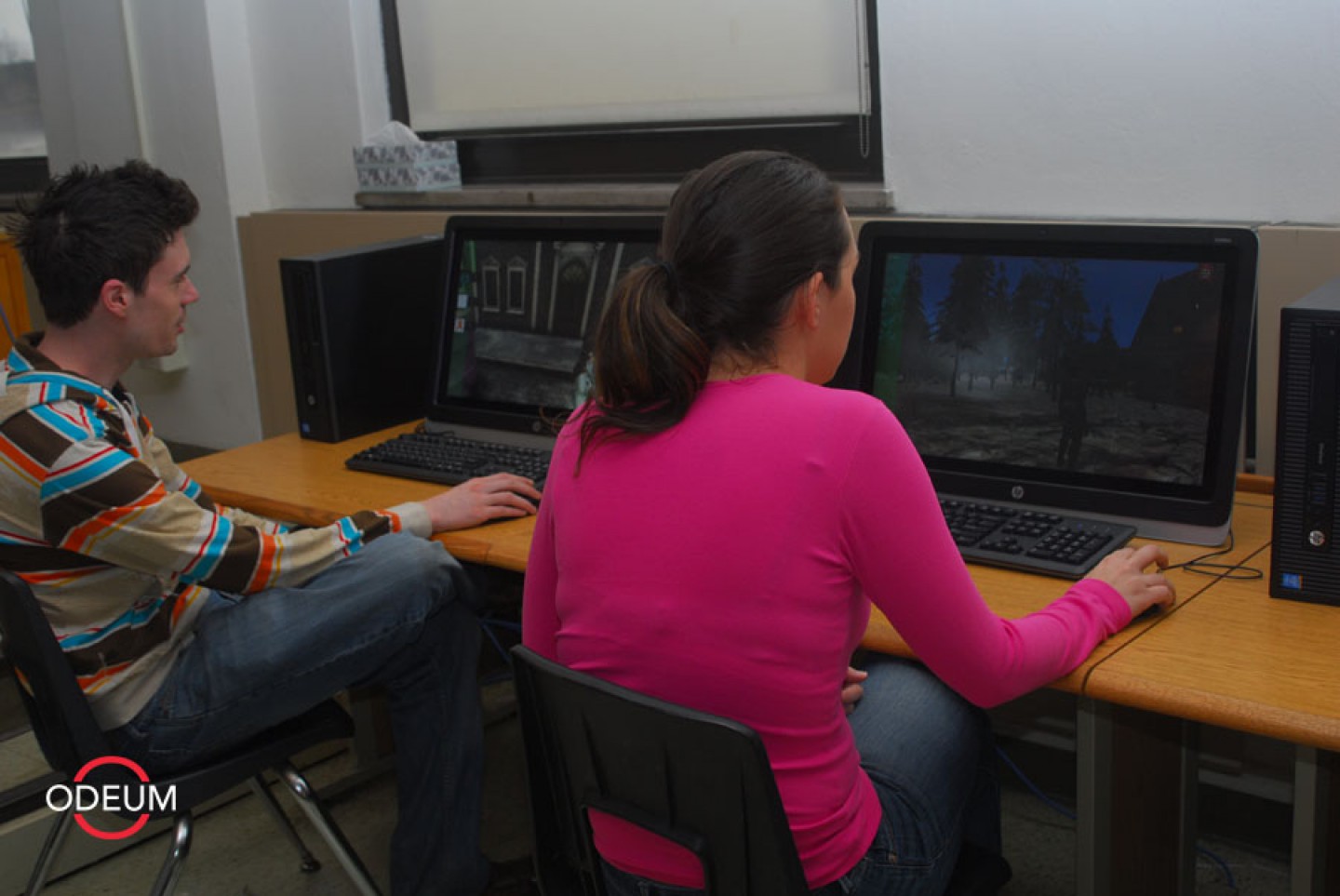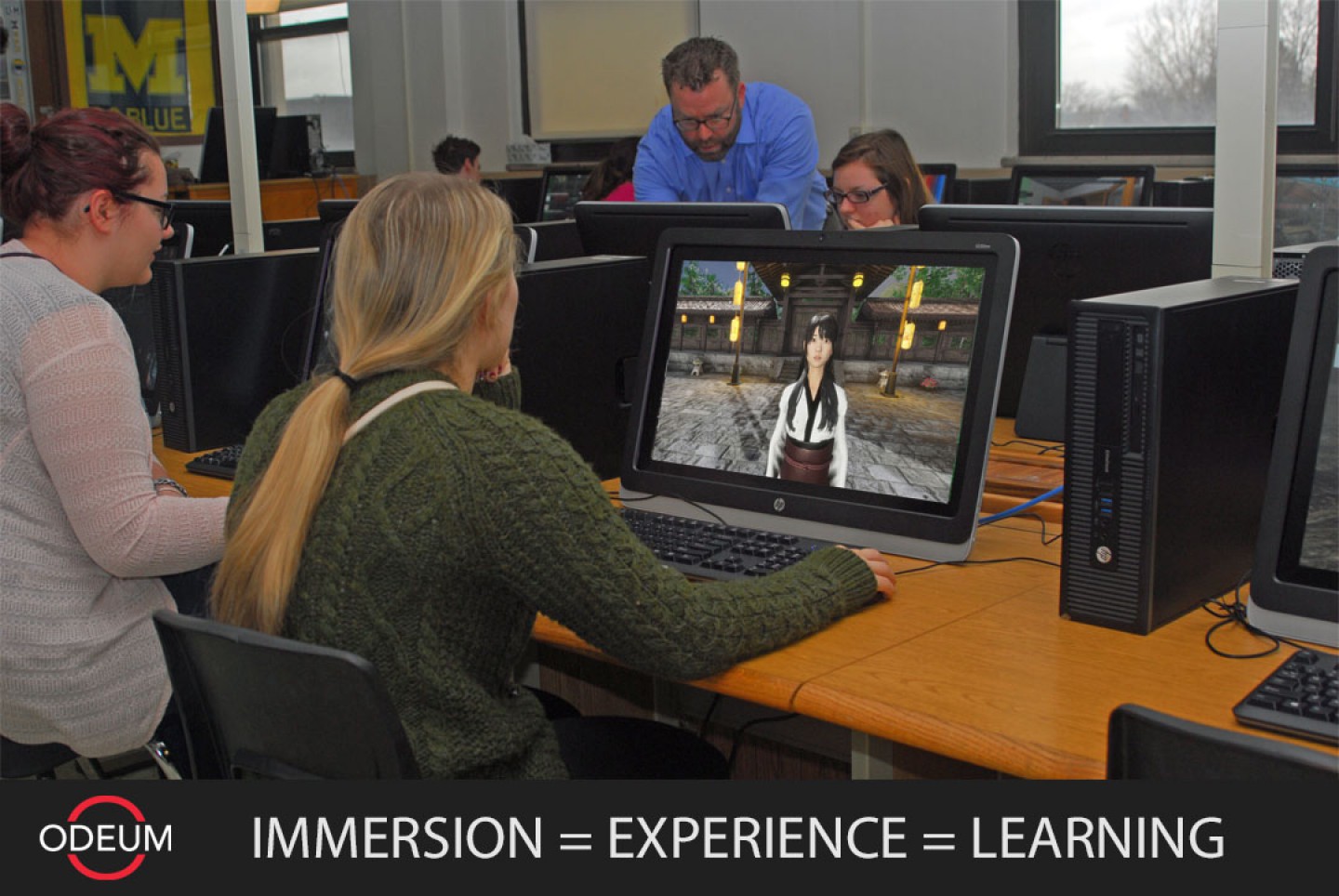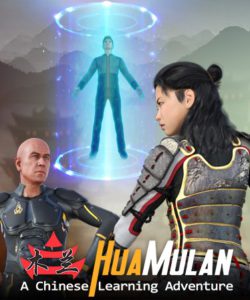The journey to mastering a new language, particularly one as intricate as Chinese, can often feel overwhelming. Traditional methods of language learning, while effective, may lack the engagement and practical application needed to keep learners motivated. Enter experiential learning—a dynamic approach that emphasizes learning through experience and practice. At Odeum, we’ve harnessed the power of experiential learning in our game "Hua Mulan: A Chinese Learning Adventure," making it an exceptional tool for mastering HSK 1.
The Power of Experiential Learning
Experiential learning is an educational philosophy that prioritizes learning through direct experience. Instead of merely reading about concepts or memorizing vocabulary, learners engage in activities that require them to apply what they’ve learned in real-world contexts. This method has been shown to enhance retention, deepen understanding, and foster critical thinking skills.
How "Hua Mulan: A Chinese Learning Adventure" Embodies Experiential Learning
"Hua Mulan: A Chinese Learning Adventure" is designed to immerse players in a rich, narrative-driven environment where they can practice and apply their Chinese language skills. Here’s how the game’s structure and features make it an ideal tool for preparing for HSK 1:
1. Immersive Storytelling and Contextual Learning
Set in ancient China, the game follows the player on a time-traveling adventure alongside the legendary Hua Mulan. This engaging storyline provides a meaningful context for learning vocabulary and grammar. By situating language learning within a narrative, players encounter words and phrases in scenarios that mimic real-life usage, making it easier to remember and understand their practical applications.
2. Comprehensive Coverage of HSK 1 Curriculum
The game’s 14 chapters encompass all the vocabulary and grammar required to pass HSK 1. Each chapter is carefully designed to introduce and reinforce specific language elements, ensuring that players build a solid foundation in Chinese. The progression through the chapters mirrors the incremental learning stages, gradually increasing in complexity as the player advances.
3. Interactive Learning and Practice
"Hua Mulan" incorporates various interactive elements that require players to actively use their Chinese skills. For example:
- Dialogue Practice: Players engage in conversations with NPCs, practicing spoken Chinese in a natural, contextual setting. This interaction helps develop both speaking and listening skills.
- Word Scrambles: Time disturbances in the game create word puzzles that players must solve, reinforcing their reading and writing abilities.
- Quests and Challenges: Completing tasks and solving problems within the game necessitates the use of appropriate vocabulary and grammar, providing practical experience in using the language.
4. Immediate Feedback and Adaptive Learning
One of the key advantages of "Hua Mulan" is the immediate feedback provided to players. When mistakes are made, the game offers corrections and explanations, helping learners understand their errors and learn from them. This real-time feedback is crucial for effective learning and ensures that players continuously improve.
Preparing for HSK 1 with "Hua Mulan"
The HSK (Hanyu Shuiping Kaoshi) is the standardized test for Mandarin Chinese proficiency, and HSK 1 is the beginner level, testing basic language skills. Here’s how "Hua Mulan" prepares players for this exam:
1. Vocabulary Acquisition
Each chapter of the game introduces new vocabulary that aligns with the HSK 1 word list. Players encounter these words in dialogues, quests, and puzzles, reinforcing their learning through repeated exposure and use.
2. Grammar and Sentence Structure
The game’s narrative and tasks require players to construct sentences and use grammar points correctly. This practical application helps solidify their understanding of Chinese grammar and improves their ability to form coherent sentences, which is essential for the HSK 1 exam.
3. Listening and Speaking Skills
Through interactive dialogues and quests, players practice listening to and speaking Chinese. These skills are crucial for the listening and speaking sections of the HSK 1 exam. The game’s immersive environment simulates real-life conversations, making learners more comfortable with spoken Chinese.
4. Reading and Writing Proficiency
By solving word scrambles and reading in-game texts, players enhance their reading and writing skills. These activities ensure that they are well-prepared for the reading and writing components of the HSK 1 test.
A Fun and Effective Path to HSK 1 Success
"Hua Mulan: A Chinese Learning Adventure" is more than just a game; it’s an innovative educational tool that leverages the principles of experiential learning to make mastering Chinese both fun and effective. By immersing players in a richly detailed world and providing them with practical, contextual language practice, the game ensures that learners are well-equipped to pass HSK 1.
For parents and teachers seeking a more engaging way to help their teens learn Chinese, or for anyone looking to begin their Mandarin journey, "Hua Mulan" offers a unique and highly effective solution. Dive into the adventure today and discover how experiential learning can transform your approach to language education.
Ready to embark on your path to HSK 1 success? Explore "Hua Mulan: A Chinese Learning Adventure" and experience the future of language learning.













Recent Comments